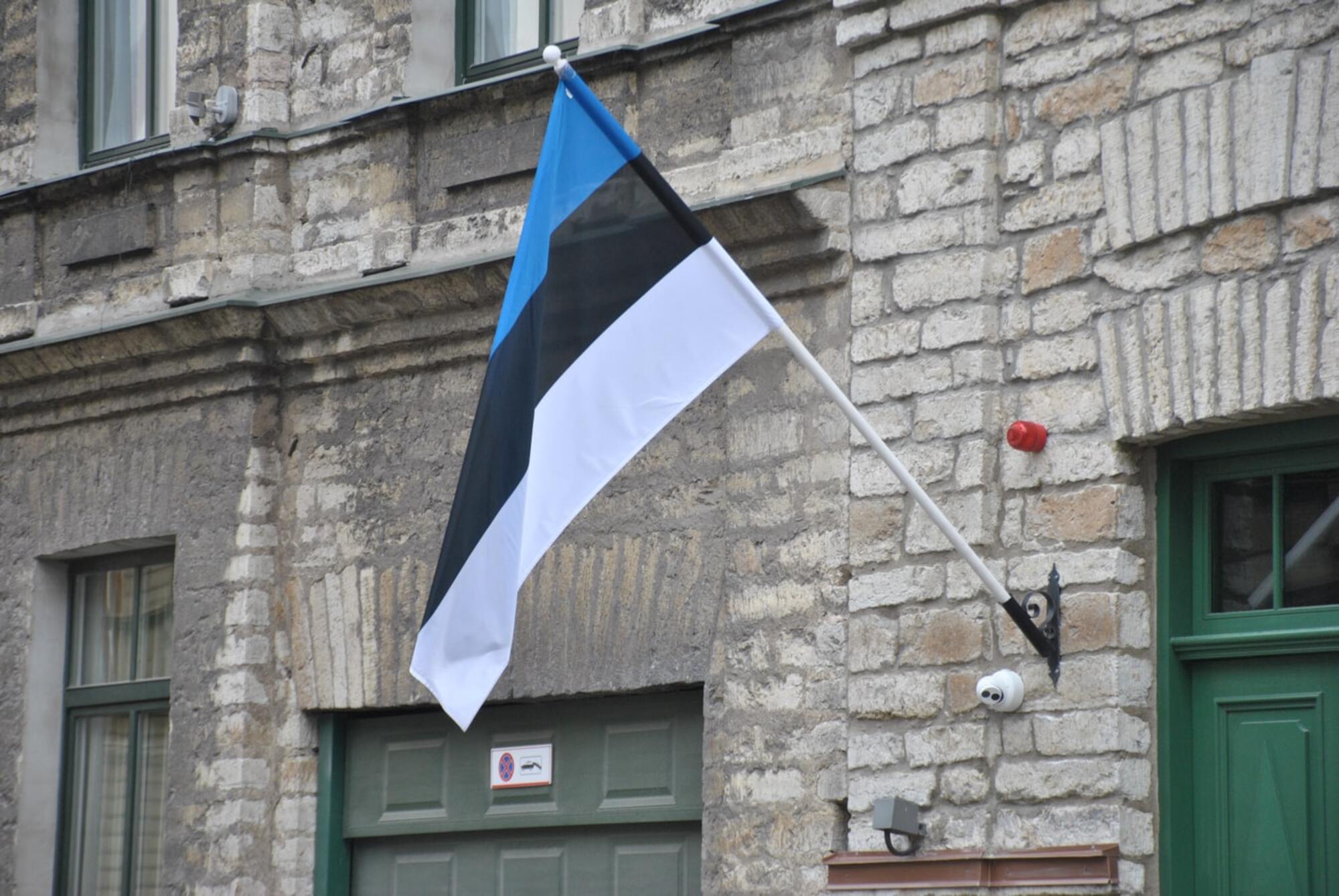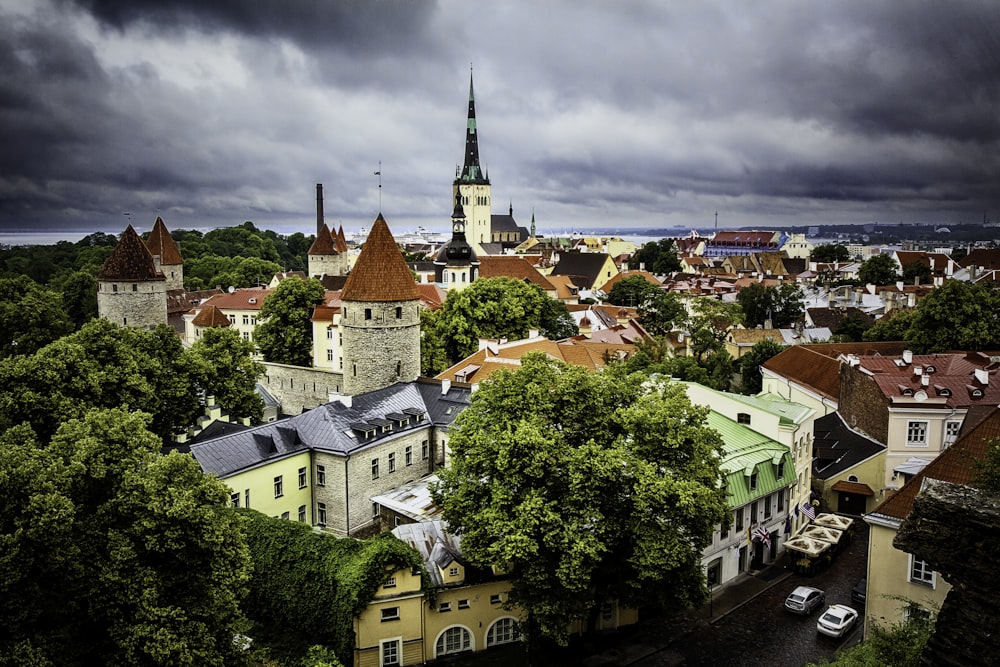
That’s why many foreigners seek to obtain an Estonian passport.
Benefits of Estonian citizenship
Immigration to Estonia, with the further acquisition of citizenship, provides a lot of advantages. First, the country is a part of the European Union, accordingly, the possibility of free movement in the countries of the Schengen zone and a visa-free regime with many other countries of the world automatically arises.
Second, it opens up equal access to employment in Estonia and any other EU country on an equal basis with locals and Europeans, as well as the simplified opening of your own Estonian company.
Third, there is an opportunity to get a good education in one of the Estonian universities and a chance for preferential admission to a prestigious educational institution in Europe.
It can take a long time to list the advantages of an Estonian passport, as well as the advantages of moving to Estonia. The country has a modern market economy, developed information technologies, a favorable business climate, beautiful nature, and much more. How to obtain Estonian citizenship for foreigners in 2021? We will talk about this in this article.
How to get an Estonian passport?
Today, about 85% of the Estonian population, which is just over 1.3 million people, holds an Estonian passport. The remaining 15% are either immigrant from other countries or stateless persons. Local authorities actively promote the acquisition of Estonian citizenship by foreigners, in particular, this applies to the naturalization procedure.
The process of granting Estonian citizenship is regulated by the local Citizenship Law, which has undergone a lot of changes in recent years in terms of simplifying the requirements for issuing an Estonian passport. The last amendments came into force on January 1, 2016. This refers to the guaranteed acquisition of citizenship by children born in Estonia if the parents do not have a passport to a particular country.
Over the past 5 years, about 1.5 thousand people have received an Estonian naturalization passport every year. By the way, an interesting fact is that regardless of citizenship, foreigners living in Estonian territory have the right to take part in local elections. Few countries allow such regulations. Another important point worth knowing is that it is forbidden to have dual citizenship in Estonia.
Methods for obtaining Estonian citizenship
There are several ways to obtain Estonian citizenship.
Estonian citizenship by birth
This option applies to children born in Estonia if at least one of the parents has an Estonian passport or both are not citizens of a particular country at all but have lived in Estonian territory for at least 5 years. Besides, there is a procedure for the restoration of citizenship, which applies to persons or their close relatives who have an Estonian passport before June 16, 1940.
Estonian citizenship by naturalization or application
It is considered the most suitable and common way to get an Estonian passport for foreigners.
Primary requirements:
- Be at least 15 years old.
- Moving to Estonia before July 1, 1990, with subsequent permanent residence or legal stay in the country for at least 8 years, of which the last 5 have been continuous.
- Proficiency in Estonian at a level sufficient for everyday life. Persons who have been educated in an Estonian educational institution in the local language are exempted from passing the test.
- Passing an exam on knowledge of the main law of the country, that is, the Constitution, as well as the main provisions of the local law “On Citizenship”.
- Provision of proof of a permanent, and most importantly, a legitimate source of income that
- allows you to cover the costs of not only the candidate but also family members.
- Confirmation of the existence of a registered place of residence in Estonia, that is residential space owned or leased.
- You must take an oath of allegiance to Estonia and confirm your loyalty to the new country.
The naturalization procedure in Estonia has been greatly simplified for candidates with disabilities and persons with disabilities. Also, persons under the age of 15 are exempted from taking examinations on knowledge of basic laws and tests on proficiency in Estonian.
A citizenship application is submitted to a special service – the Police and Border Guard Board (DPPO) of Estonia, and it is obligatory in Estonian. This can be done electronically through the official website of the DPPO – politsei.ee. Also on the pages of this resource, there is a lot of detailed information about the requirements for obtaining Estonian citizenship and the specifics of immigration to this country.
Estonian citizenship documents
- Application in the established form, completed in Estonian.
- Proof of identity, usually an international passport is required.
- Color photograph (4×5 cm).
- A detailed biography, including marital status, information about close relatives, countries of the previous residence, and so on.
- Educational diplomas and information on professional activities.
- Proof of a legal source of income, that is a certificate of employment or business registration information.
- Certificates of successful passing of exams in local language proficiency and knowledge of laws (see above).
- Certificate of payment of the mandatory state fee.
- The procedure for considering an application for Estonian citizenship takes at least six months. In case of a positive decision, the candidate confirms his readiness to renounce his previous citizenship and the employees of the DPPO apply to the Estonian authorities to provide the alien with an Estonian passport. This can take up to 3 more months.

